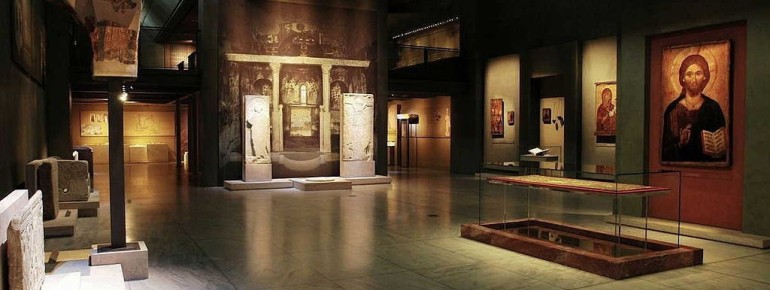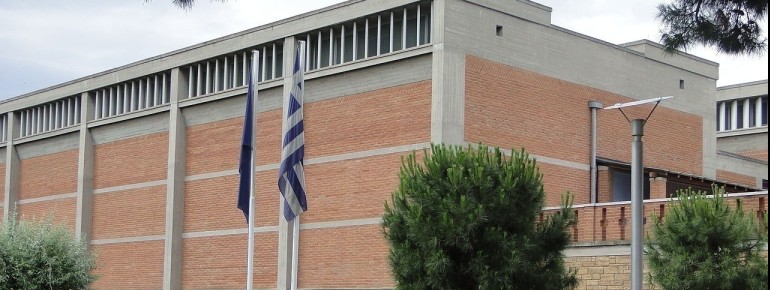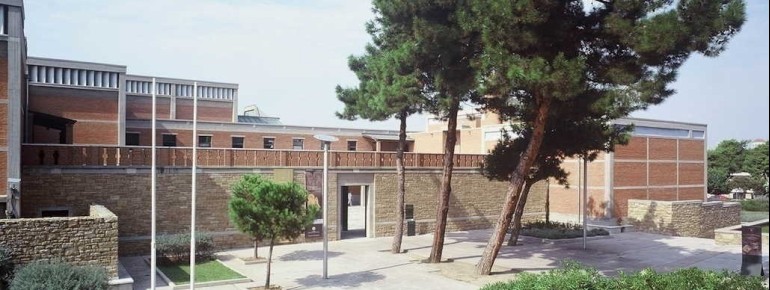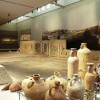Contents
Description
Exhibition
The Museum of Byzantine Culture was opened in 1994. It exhibits frescoes, mosaics, and numerous other artworks and relics originating in the Byzantine epoch, spanning a long period from the 4th up to the 15th century.
The museum is subdivided into three permanent exhibition sections:
- The first section covers the early Christian period and focuses on the change process of the ancient world to a world dominated and mainly influenced by Christianity.
- The second part deals with early Christian settlements, towns and living spaces.
- In the third segment, one will get informed about early Christian mortuary practices. An overview is given here about Christian cemeteries and funerals.
The museum itself counts up to 3000 samples deriving from the Byzantine era. In addition, the museum has further changing exhibitions with various topics covered.
Visit the museum
After visiting the museum one can have a break and relax over a coffee or refreshing beverage in the café of the museum.
Edifice
The museum is accommodated in a modern and purpose-built edifice, which was exclusively projected for the Museum of Byzantine Culture. From a total of 11,500m² (13,800 sq yd) there are approximately 3,000m² (3,600 sq yd) used as permanent exhibition space.
Interesting facts
- Museum of Byzantine Culture is among the 3 best rated Tourist Attractions in Greece.
- The day pass at Museum of Byzantine Culture is €8 making it one of the 10 cheapest tourist Attractions in Greece.
How to get there
By public transport
The museum is easily reachable by bus. To get here, just get on the bus line 58 departing from the Dikasterion Square.
Coming from the eastern direction, one can as well use bus line 11 to travel here.
If you wish to travel by train, there are many possibilities. You have direct railway connections from Athens or even Istanbul. Once you arrive at the central station of Thessaloniki, you can walk to the museum.














